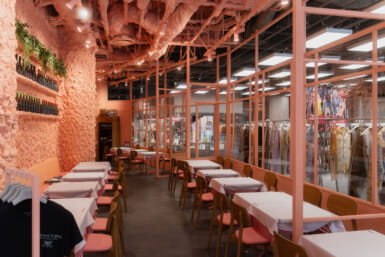Tabisuru Shintora Market is an ongoing event featuring a shop and standalone food stalls just outside Toranomon Hills. The market promotes regions from across Japan by introducing different cities and their arts, crafts, and cuisines. Until the end of March, the three cities being showcased are Satsumasendai in Kagoshima, Matsuyama in Ehime, and Hagi in Yamaguchi – all have a connection with the Meiji Restoration, which came into force 150 years ago. We take a closer look at the local delicacies these ancient cities have to offer.
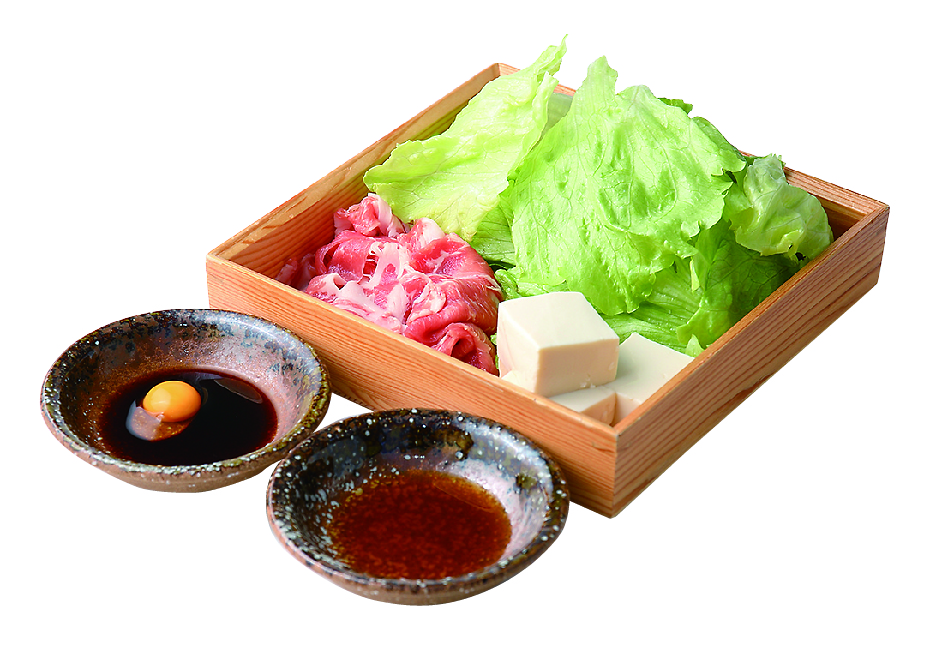 Satsumasendai
Satsumasendai
Kagoshima’s local specialty is black pork, and it’s well represented at Satsumasendai’s market stall both for lunch and dinner. Segodonbui is a donburi-style dish named for the Satsuma-based samurai of the same name (known as Saigo-don outside of Kyushu). It features grilled black pork with wheat-based miso on a bed of soft, fluffy rice. For dinner, pair one of 20 types of shochu with an authentic Kagoshima pork shabu shabu, which has two types of soy sauce for dipping: garlic soy sauce and kabosu (a citrus fruit) soy sauce. For those who prefer mixed drinks, try creative local combinations such as shochu mojito, or kinkan (kumquat) sour, using one of the most famous citrus fruits from the area.
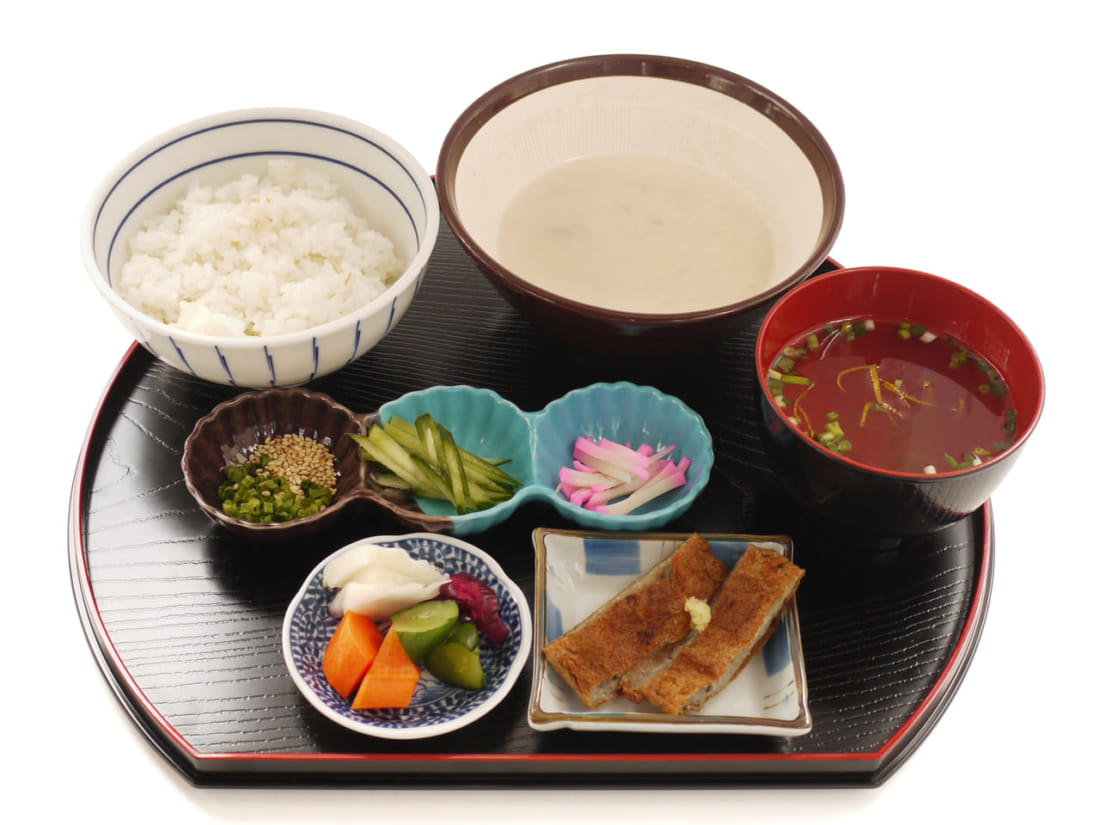 Matsuyama
Matsuyama
Coastal Matsuyama is blessed with an abundance of delicacies from the mountains and the sea. One of its most notable dishes is taimeshi (a dish made with sea bream and rice), which you’ll find here in the form of classic teishoku (set meal) dishes with plenty of vegetables and another delicacy, jakoten (a local type of fish cake from Ehime Prefecture). To go with your meal, there’s a selection of five sakes from venerable breweries, or if you prefer, there’s Dogo Beer, an award-winning beer from a microbrewery based in the famous onsen town of Dogo. The bubbles are stronger than your average ale as it’s supposed to be enjoyed after a dip in the hot springs.
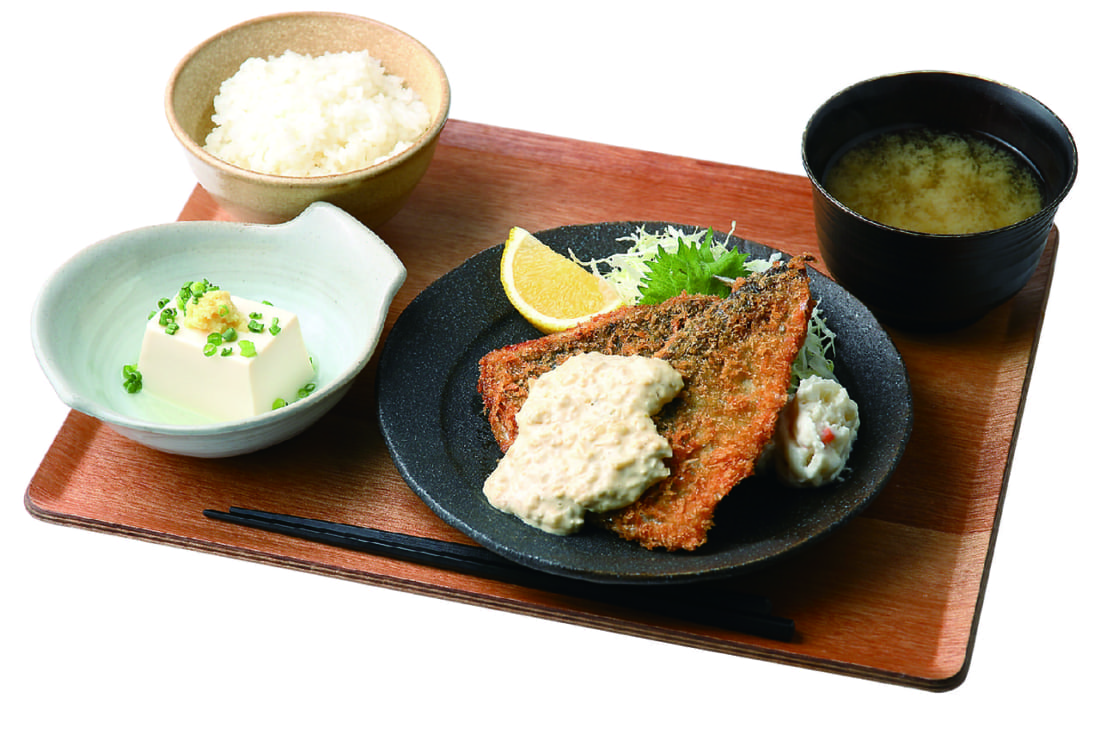 Hagi
Hagi
Hagi prides itself on large portions – designed to feed hungry fishermen after a rough day at sea. The aji fry (fried horse mackerel) teishoku plate comes with a side of homemade tartar sauce and a slice of summer mikan (tangerine), adding a sweet and tangy flavor to the otherwise robust dish. A second lunch offering is a spicy beef tendon curry, which has cooked long enough to make the beef so tender it almost melts in your mouth. For dinner, enjoy some fine Hagi sake served in genuine Hagi ware cups, which add their own distinctive characteristic to the drinks. Couple with a fugu soup with tofu, Chinese cabbage, and a sour ponzu sauce.
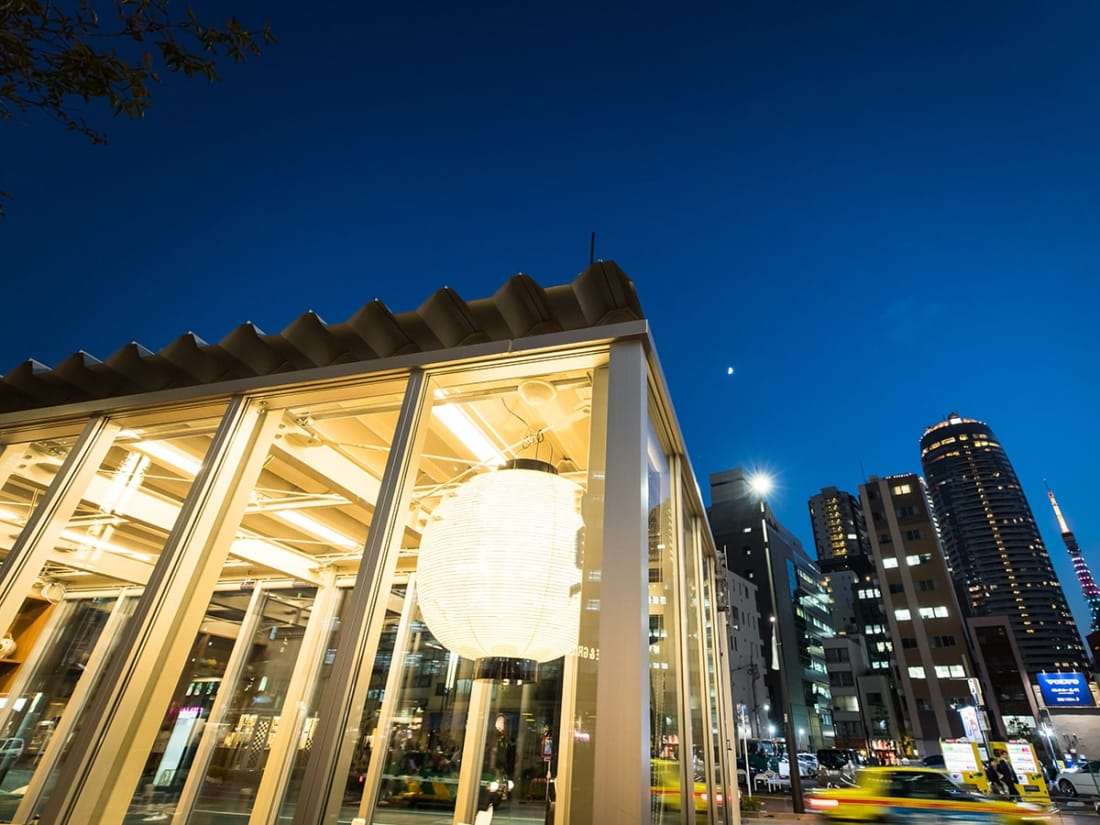 More Events at Tabisuru Shintora Market
More Events at Tabisuru Shintora Market
As the 2018 Winter Edition of the market kicked off, we went along to browse the different stalls to explore the three regions currently being showcased. When we visited at the end of January, we particularly enjoyed dipping our toes into the heated foot baths, each of which featured an ingredient – such as citrus fruits – representing the relevant region. We also tried our hand at pottery making, which Hagi is famous for, and sipped on tasty sake from around Japan. If you missed these events, there are plenty more to come. Here are two to look forward to in March:
Tabisuru Premium Friday
We recommend heading over to the market on March 20 for Tabisuru Premium Friday. Enjoy a taste of one of Niigata’s finest sakes at this free-flow, end-of-the-month event. Hakuryu has won multiple awards for its high quality and delicate flavor. March 30 (3pm-6pm) at Tabisuru Store, free, limited quantities available.
 Tabisuru Sake Stand
Tabisuru Sake Stand
If you’re looking for one of the best sake selections in town, look no further. The Tabisuru Sake Stand has 30 of Japan’s finest sake breweries from almost as many regions in Japan. Enjoy tastings of these, as well as an excellent selection of kanzukuri (winter-brewed sake), which is best enjoyed January to March, and is said to be the top sake available. Lunch options include crispy karaage and salted salmon rice bowls. Make sure to drop by on Wednesdays for their themed free-flow sake event!
To see what’s on offer at the Tabisuru Store until March 30, check out our feature “Shop for Spring.”
For more info about the Tabisuru Shintora Market, visit www.tabisuru-market.jp
Sponsored Post


